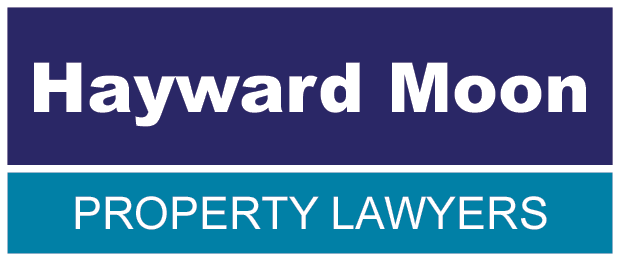When it comes to conveyancing, if there’s one thing that every transaction has in common, it’s the sheer amount of paperwork!
If a house is of a certain age the paperwork containing information about the property may well go back over a hundred years. Throw in the other evidence you have to provide for your mortgage, such as payslips and bank statements, and you will start to get an idea about how much paperwork is involved in a single transaction.
Your conveyancer will also acquire further information on your behalf, so the data collation for a single property sale is huge. Whether it’s provided physically in paper form, or digitally as a scanned document or pdf, someone has to go through it all, read it, analyse it and act on it to perform the conveyance on your behalf.
If this paperwork was available in digital form, the transaction would be much faster, more efficient in terms of the manual elements required, less stressful for the buyer and the seller (and the conveyancer!) and even better value in terms of the cost of the process.
The biggest challenge is turning all that paperwork into readable data that computer software can analyse and then act on. PDFs for example aren’t any more suitable for software to interact with than the paperwork they represent.
Digital Street
All land in the UK has to be registered with HM Land Registry (HMLR). The Land Registry is in the middle of a vast digital project, Digital Street, to ‘revolutionise land registry and conveyancing in the future’ and create a smooth digital process for conveyancing across all property purchases throughout the UK.
When you consider there are over a million property transactions each year in the UK, that’s an awful lot of data and so it’s vital HMLR builds a software model that is effective, competent, secure from cybercrime and compliant with current UK law.
HMLR has a rather imaginative way of describing how their data looks and behaves at the moment. They say it’s a bit like a game of Tetris, with a random structure, no regular pattern and plenty of gaps. They want to make their data storage more uniform, like a wall of Lego and they’re planning on having most of their data migrated to this format by 2022.
Next steps
During the next decade, conveyancers will be investing in new software compatible with HMLR’s system to deliver an even smoother service.
At Hayward Moon we already do all we can to ensure a comfortable conveyancing journey for clients, through excellent communication at all stages and by providing comprehensive information about the process and how it all works.
Speeding up the process digitally over the next decade will allow house sales to happen much more quickly and it’s something we’re looking forward to immensely.
If you’d like to find out more about the conveyancing process, get in touch with one of our specialist conveyancing solicitors across Suffolk, Essex and Cambridge.



